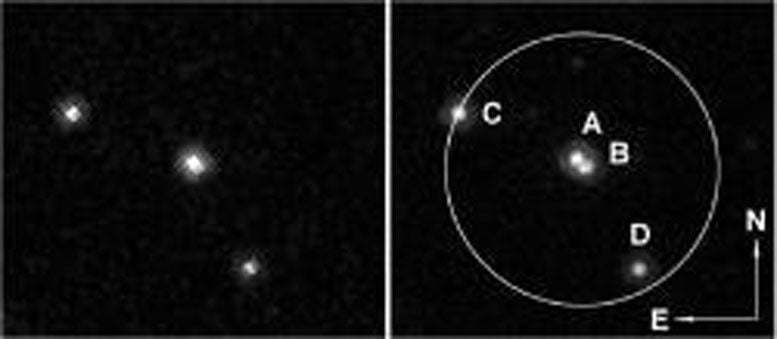
Hubble Space Telescope images of a microlens system. The image on the left was taken 3.7 years after an observed microlensing event; the one on the right was taken 8.9 years later after the moving foreground (lensing) source had changed position. The lens and source components (A and B) are clearly resolved in the later image. Credit: NASA/Hubble
The path of light from a star as it passes by a massive body, like an exoplanet, will be bent and an observer looking toward the star will see its image distorted. Like an object seen through the stem of a wineglass, the stellar image could even be deformed into two bright peaks. That mass could influence light in this way was first confirmed in 1919, but some of the more subtle effects have only been detected in the past twenty-five years. In one such process, microlensing, a flash of light is produced when the path of a moving cosmic body (perhaps otherwise unknown) passes fortuitously in front of a star and briefly increases the intensity of its light.
The Spitzer Space Telescope circles the Sun in an Earth-trailing orbit, and it is currently 1.66 astronomical units away from Earth (one AU is the average distance of the Earth from the Sun). Scientists had predicted that if it ever became possible to observe a microlensing flash from two well-separated vantage points, a parallax measurement (the apparent angular difference between the positions of the star as seen from the two separated sites) would determine the distance of the dark object. In fact, since 2014 Spitzer has been used successfully to measure the parallax for hundreds of microlensing events. In all these cases, Spitzer was used after ground-based observations had first identified a microlensing event underway.
CfA astronomers Jennifer Yee, Y. Jung, and In-Gu Shin were members of a collaboration that used Spitzer to record the first microlensing event in which only Spitzer (but not the ground-based sites) saw a double flash. Although this was in principle always possible, the effect had never before been observed, and proves that some double-peaked signals can be missed by ground-only observations. The result increases the importance of Spitzer observations beyond simply measuring parallax to include observing multiple-peak images and thus enabling a more precise characterization of the lens, which in the current instance is a binary system with a low-mass star and an orbiting companion.
Reference: “OGLE-2017-BLG-1130: The First Binary Gravitational Microlens Detected from Spitzer Only” by Tianshu Wang, S. Calchi Novati, A. Udalski, A. Gould, Shude Mao, W. Zang, C. Beichman, G. Bryden, S. Carey, B. S. Gaudi, C. B. Henderson, Y. Shvartzvald, J. C. Yee, (Spitzer Team), P. Mróz, R. Poleski, J. Skowron, M. K. Szymanski, I. Soszynski, S. Kozlowski, P. Pietrukowicz, K. Ulaczyk, M. Pawlak, (OGLE Collaboration), M. D. Albrow, S.-J. Chung, C. Han, K.-H. Hwang, Y. K. Jung, Y.-H. Ryu, I.-G. Shin, W. Zhu, S.-M. Cha, D.-J. Kim, H.-W. Kim, S.-L. Kim, C.-U. Lee, D.-J. Lee, Y. Lee, B.-G. Park, R. W. Pogge and (KMTNet Collaboration), 7 June 2018, The Astrophysical Journal.
DOI:10.3847/1538-4357/aabcd2

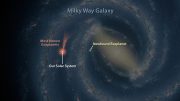
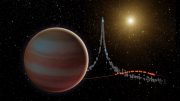
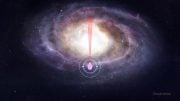
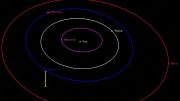
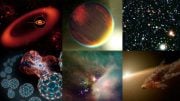
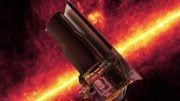
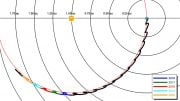
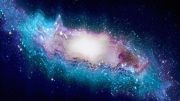
Be the first to comment on "Astronomers Record The First Microlensing Event Only Detected By Spitzer"